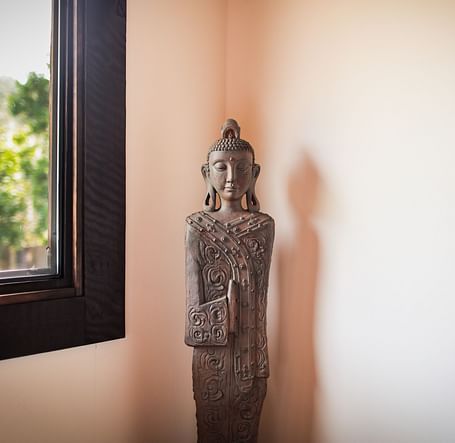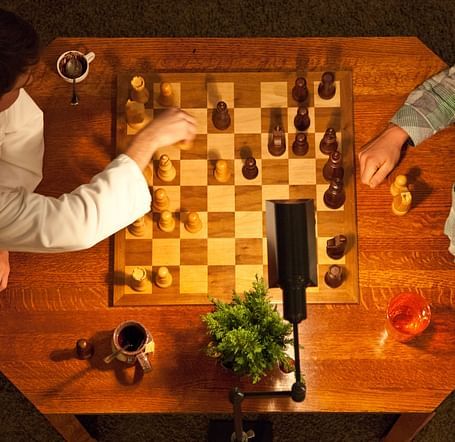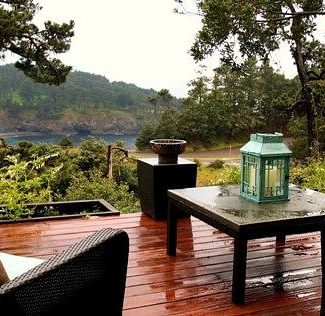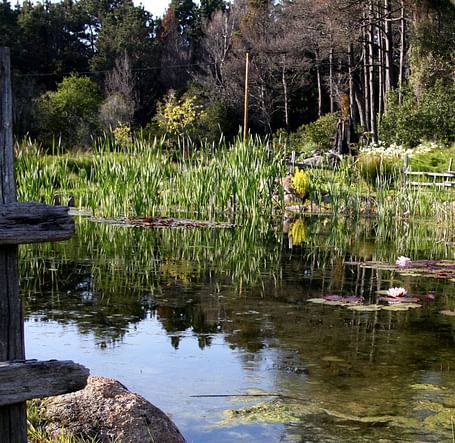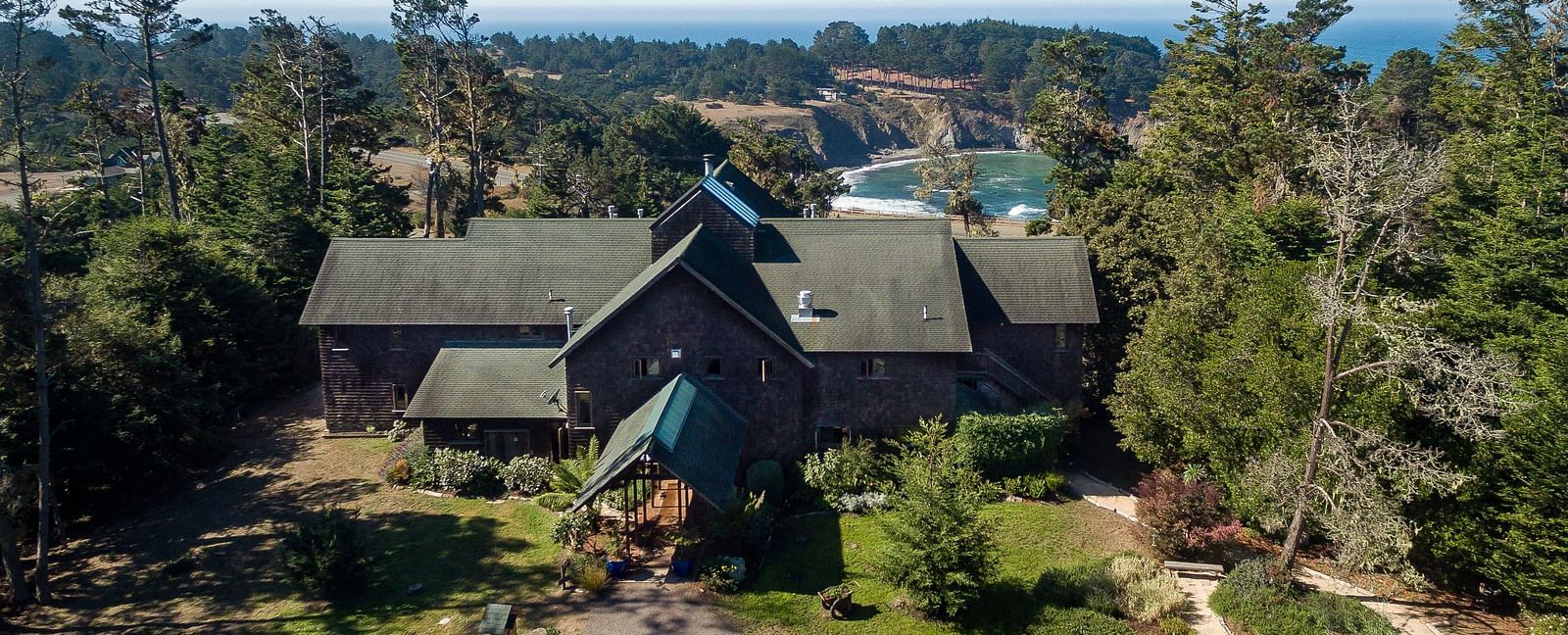
The History of Our Inn
Much of the wood used to rebuild San Francisco after the Great Earthquake of 1906 came from the North Coast. Lumber mills would be located at the base of most major rivers along the coast. The Big River, just north of the Inn, was no exception. Most of the logging of the giant redwoods occurred during the summer months when the river current was not strong enough to float the logs to the mill. Along the Big River, remnants of 26 wooden dams can be found. Behind each dam was built a 'log deck'. As the log stack got higher, its weight pushed the lowest ones (called 'sinker logs') deeper into the river silt. When the winter rains would come, the dams would be dynamited and the logs released to float down to the mill. The 'sinkers' were left behind. They remained at the bottom of the Big River for over 150 years.
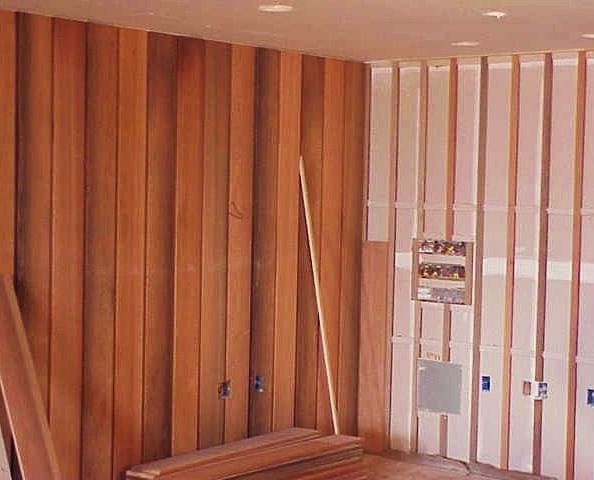
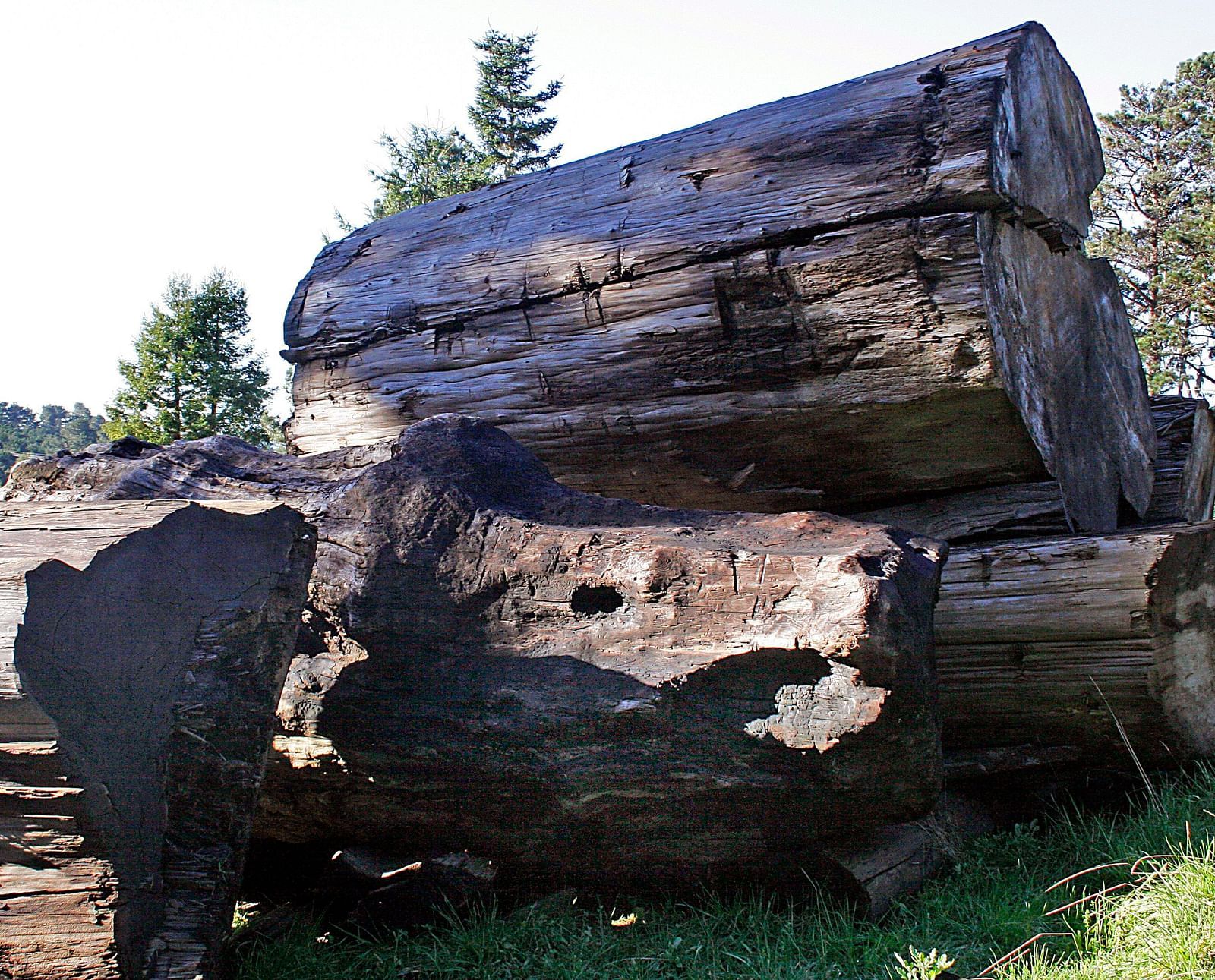
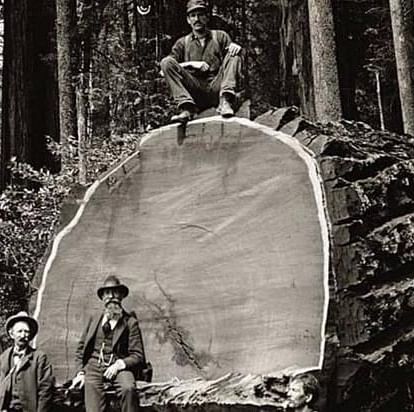
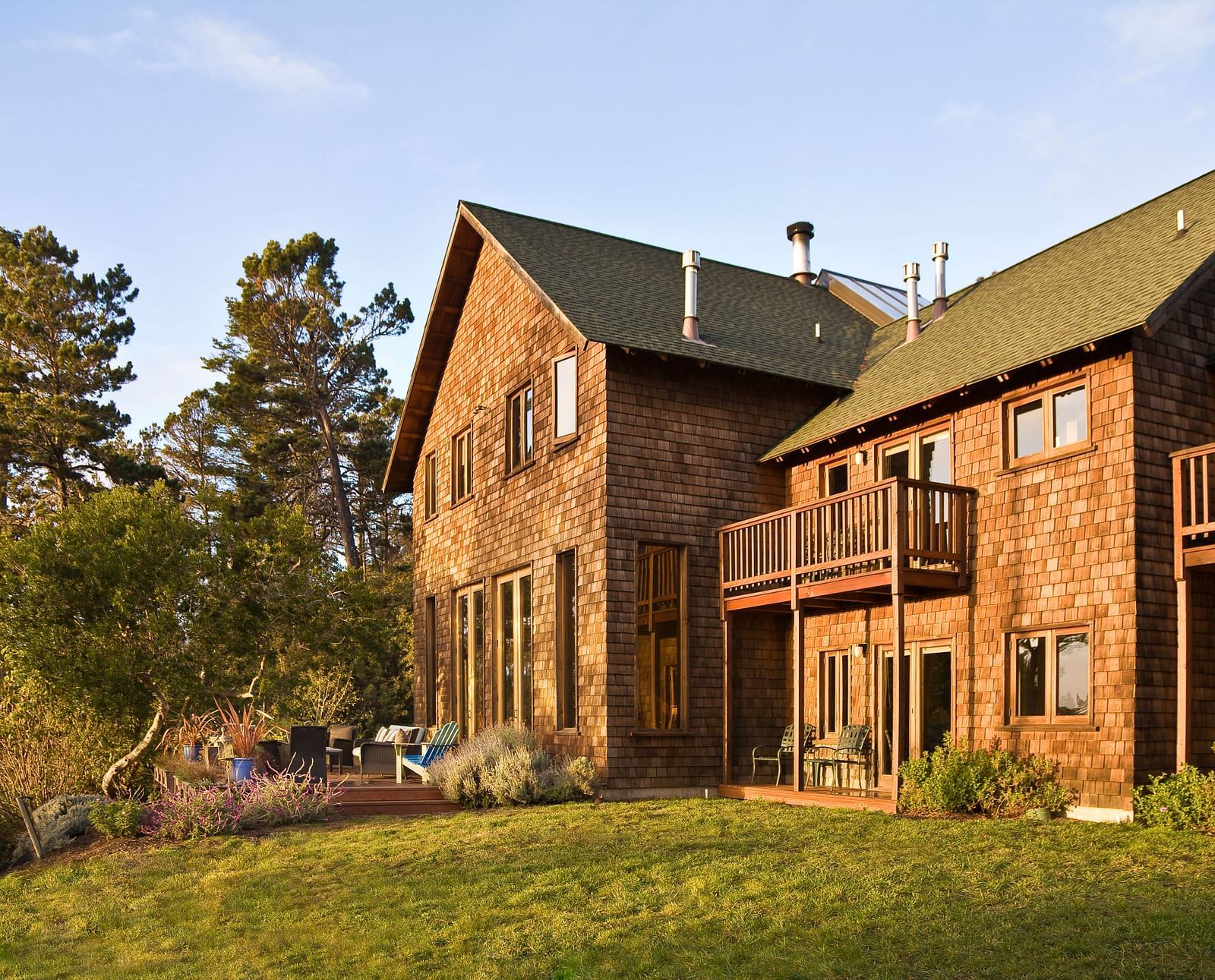
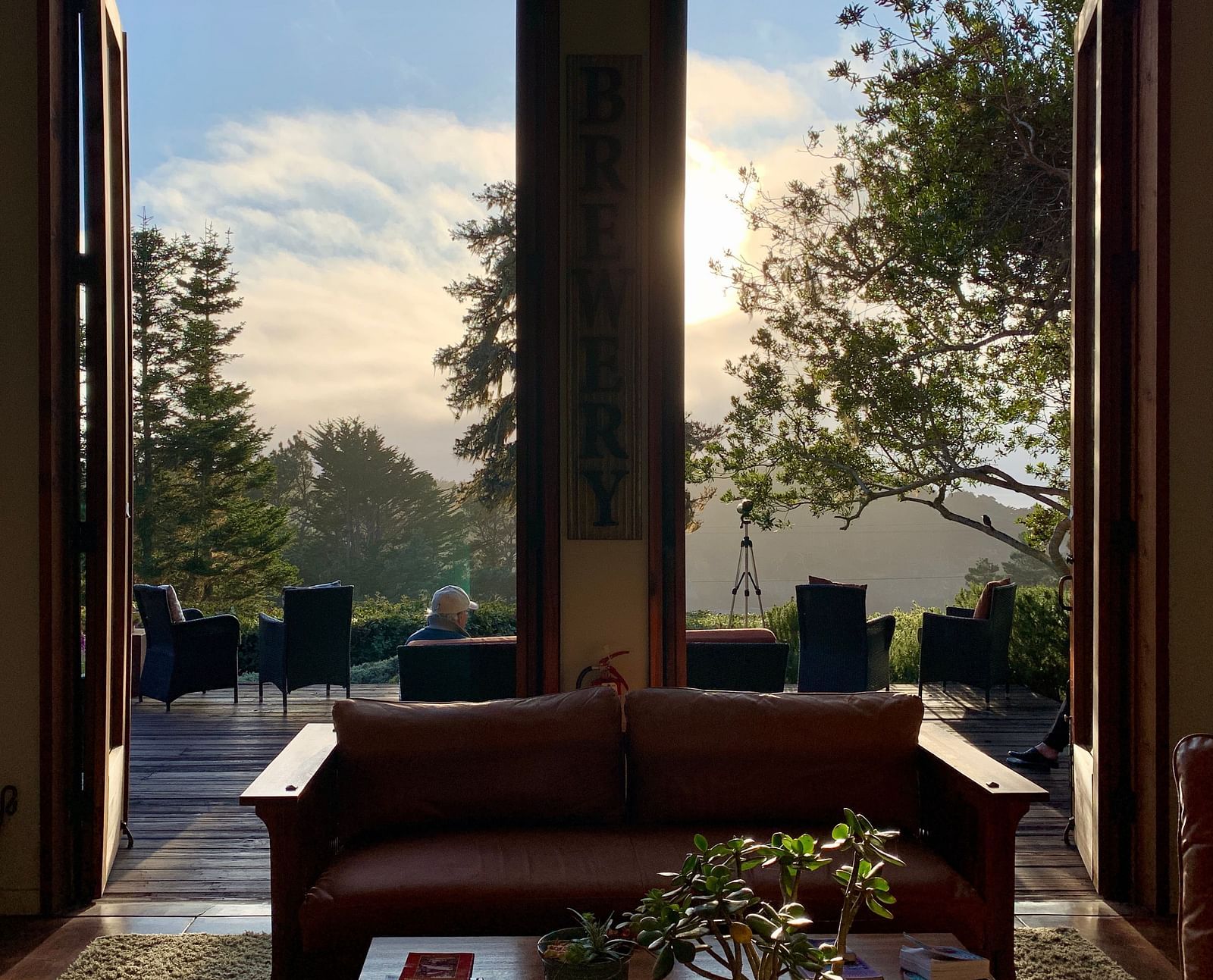
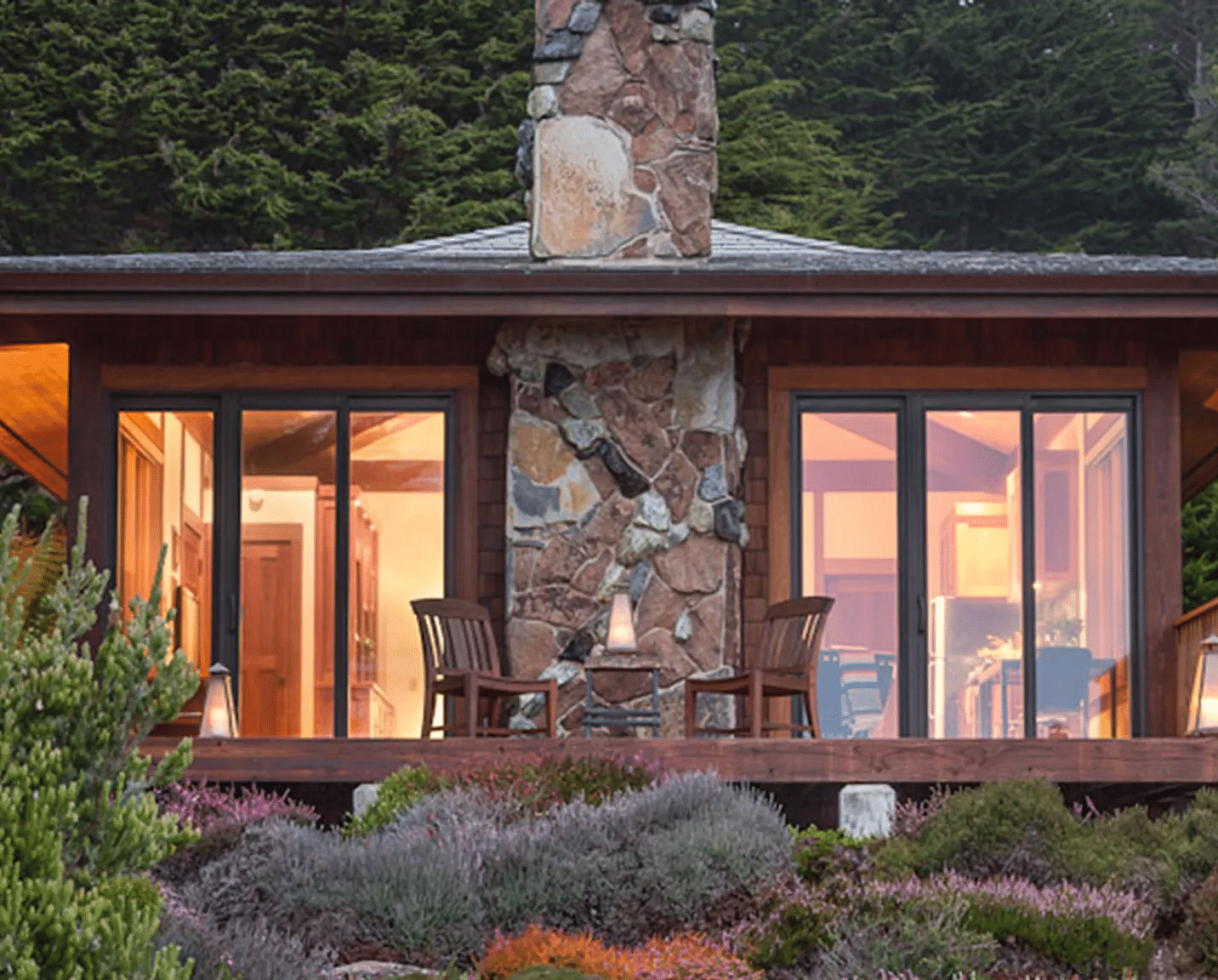
Kindly refrain from adding any content to this section.
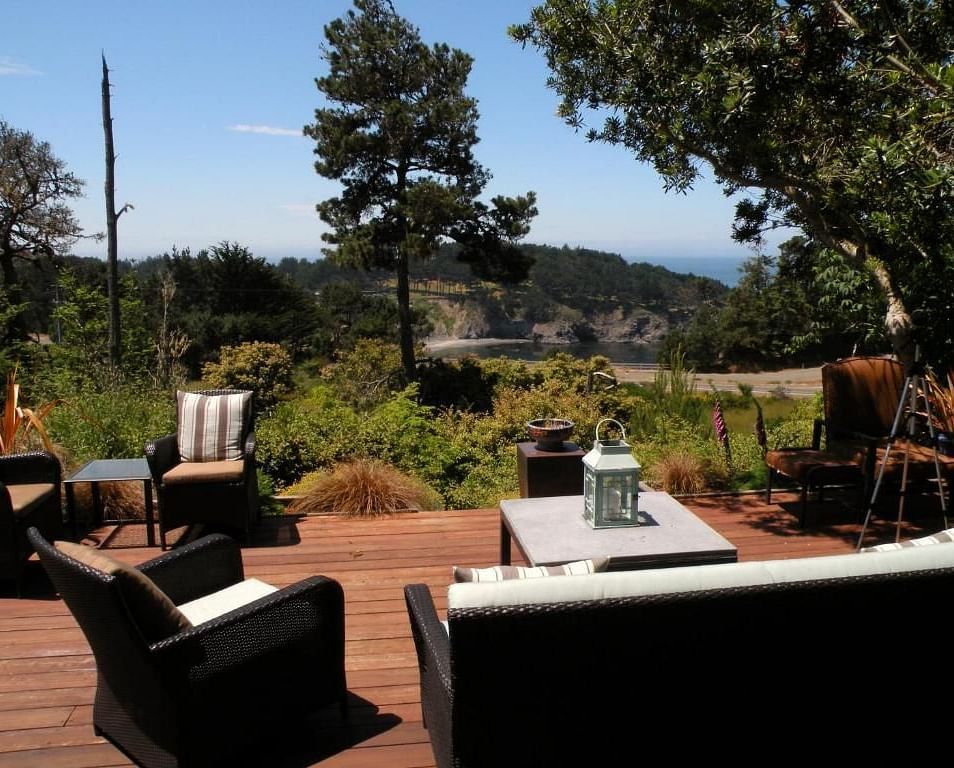
Kindly refrain from adding any content to this section.
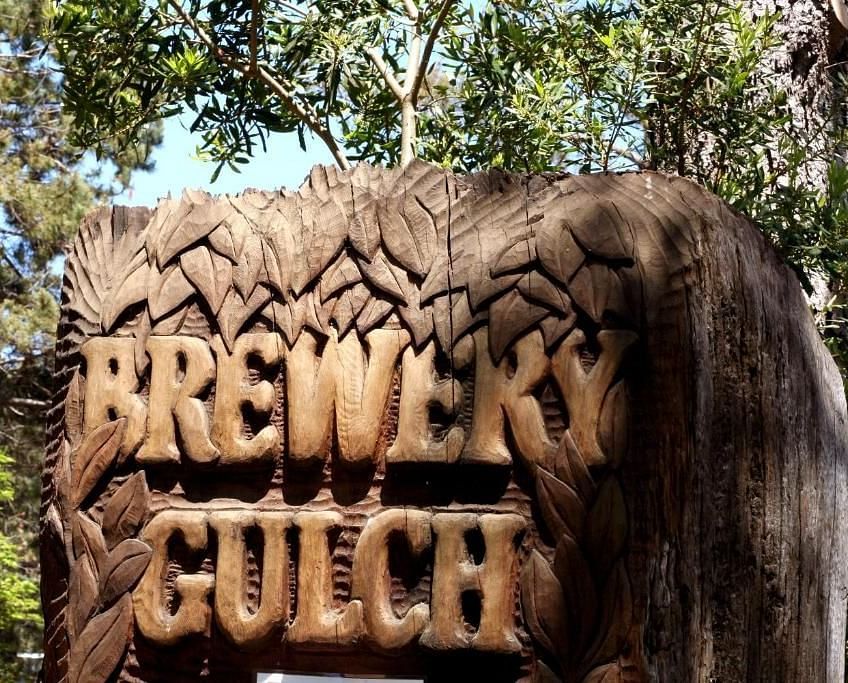
Kindly refrain from adding any content to this section.
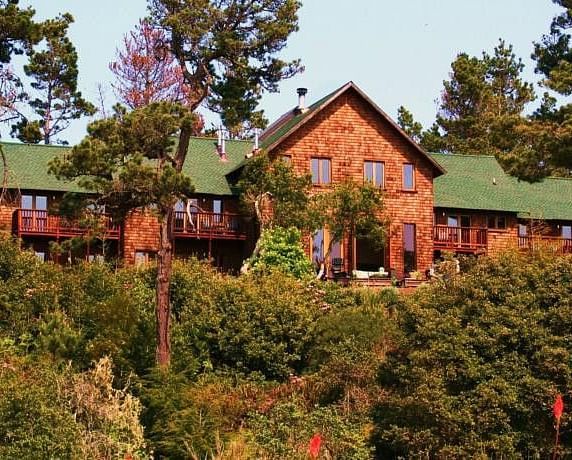
Kindly refrain from adding any content to this section.
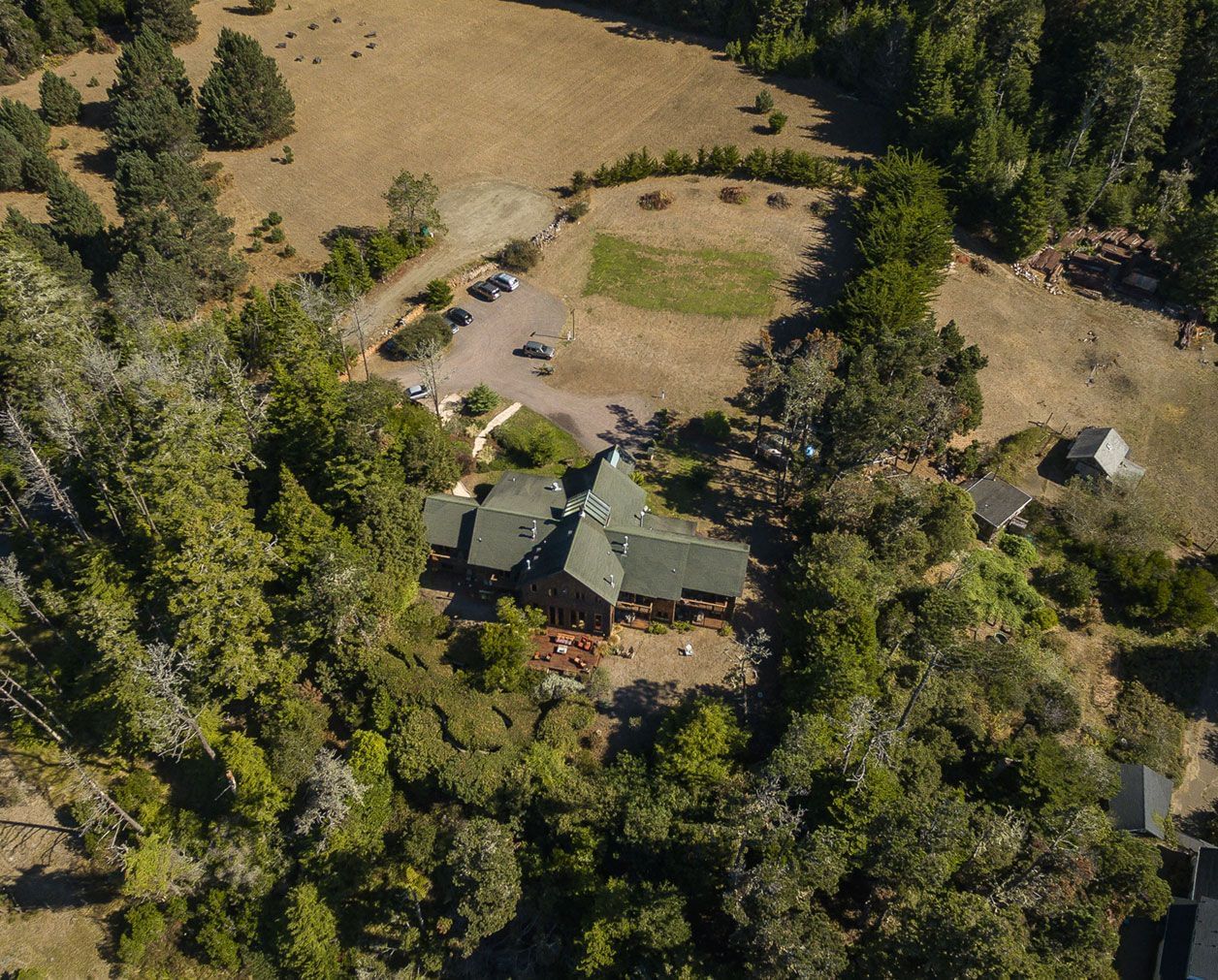
Kindly refrain from adding any content to this section.

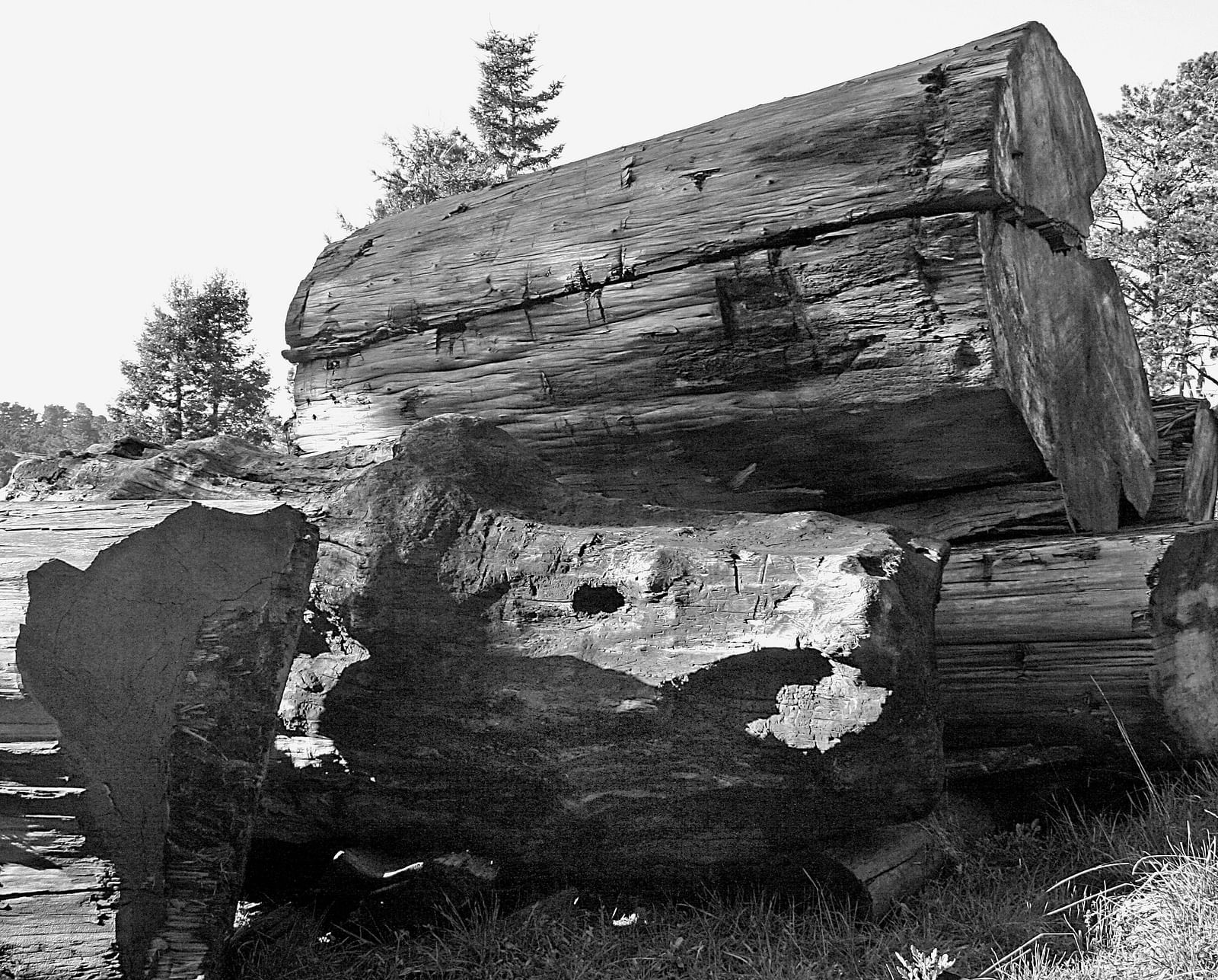

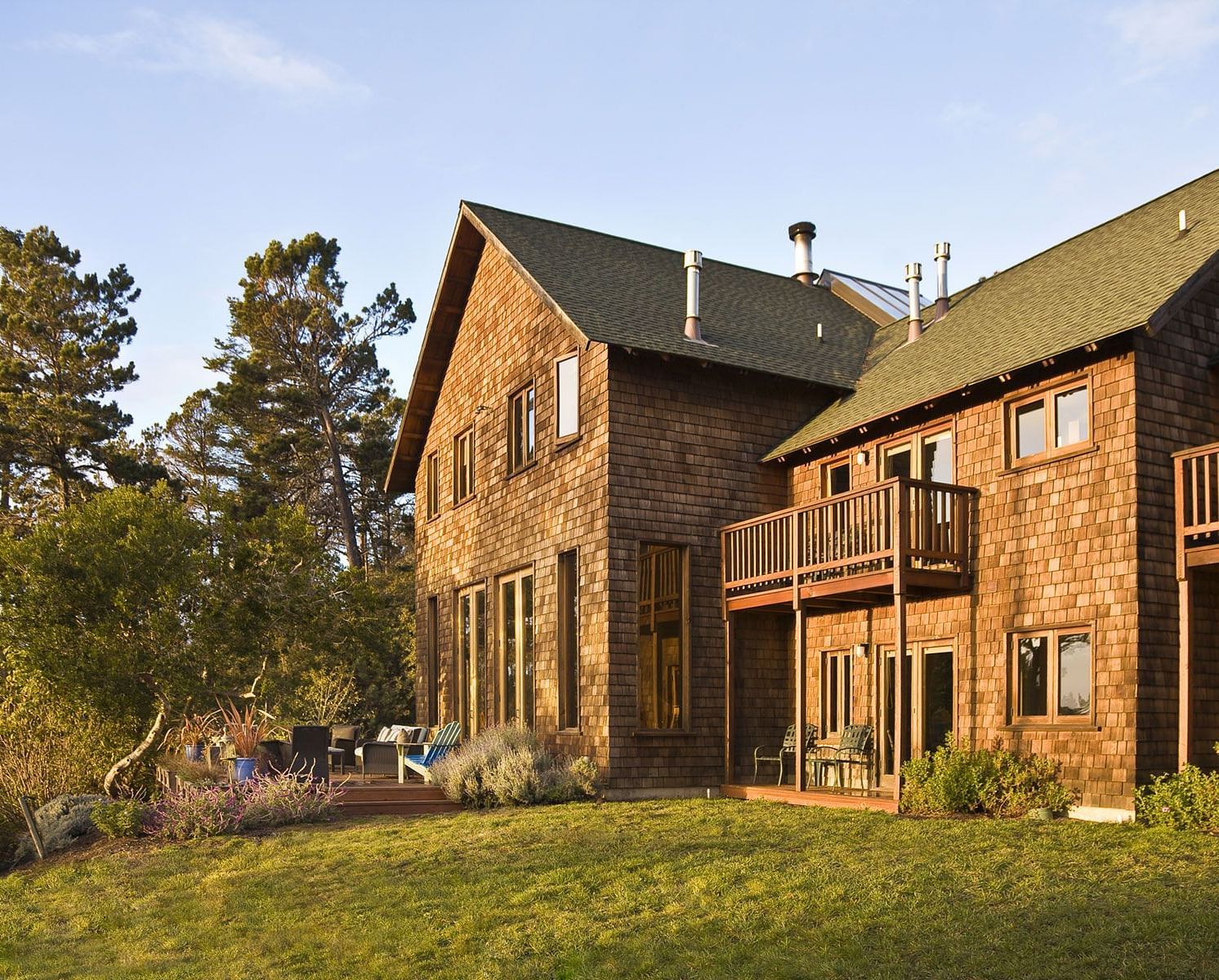
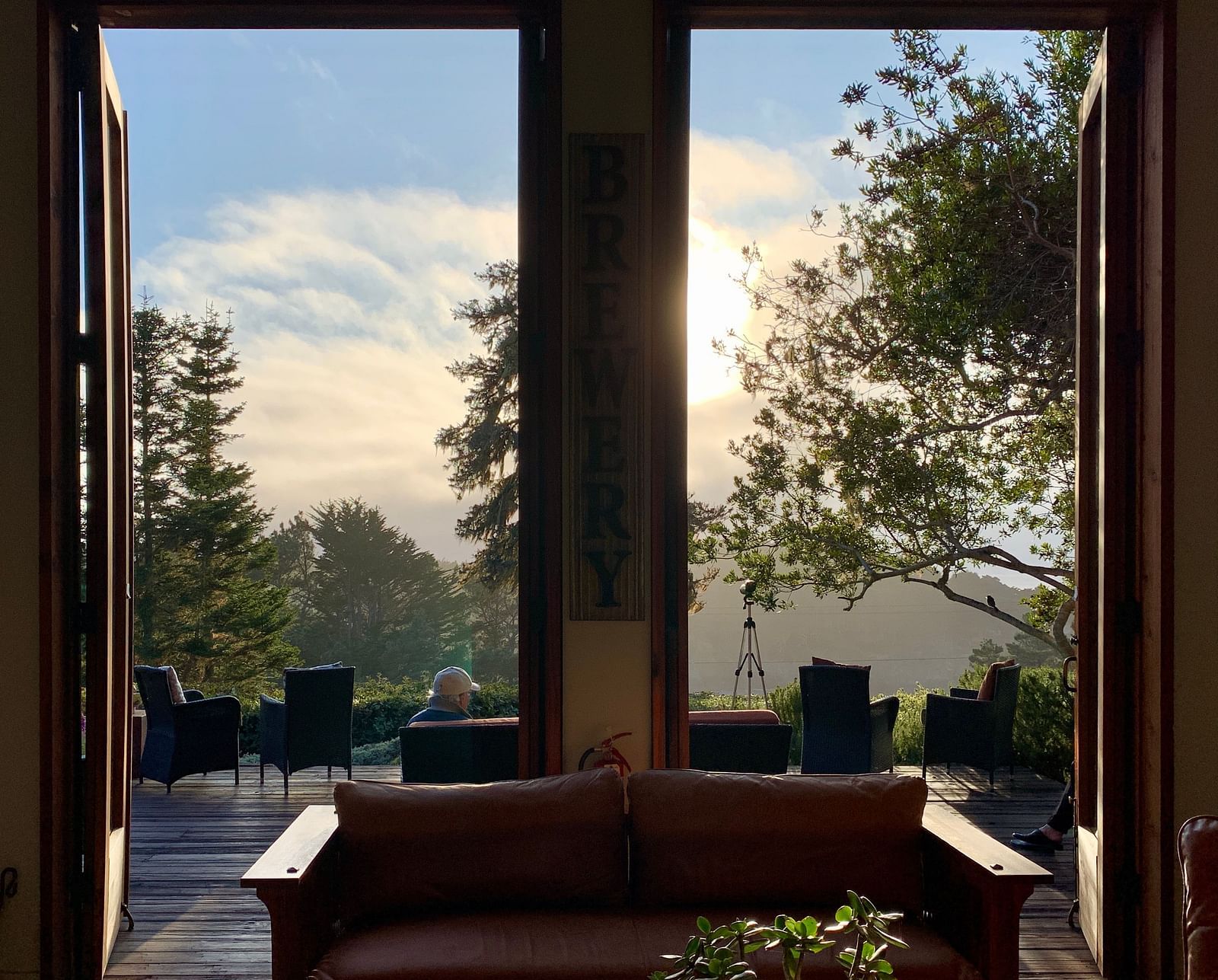
In the last part of the 20th century, during an earthquake retrofitting project on the Big River bridge, these 'sinker' logs were found deeply embedded in the silt. Perfectly preserved by the cold, mineral-rich ocean water, these 100-150-year-old logs ranged up to 16’ in diameter. Guiltless virgin redwood: 15,000 board ft. of these logs were eco-salvaged from the mud and used as a major component in the 2001 construction of the present-day Brewery Gulch Inn & Spa. The effect of the mineralization of this redwood as it lay under the river is evident in the color variation of the paneling in the reception area.
The location of Brewery Gulch, part of the original 10-acre farmstead of Mendocino pioneer Homer Barton, has spectacular views out over Smuggler’s Cove and borders 48,000 acres of unoccupied meadows and redwoods of the Jackson Demonstration State Forest. The original farmstead of Homer Barton can be seen above at the center.
History
Beneath the silt of the Big River, ‘sinker’ logs laid perfectly preserved for over 150 years—until they found new life at Brewery Gulch Inn & Spa in 2001! These historic timbers, once lost to time, now shape the very soul of our retreat. Discover their incredible journey and how they have been woven into our inn's corners.
Our Spa
Experience holistic wellness at our retreat with massage therapy, yoga, forest bathing, and sound therapy. Connect with nature, rejuvenate your body, and nurture your mind through treatments designed to bring peace, balance, and well-being.
Our Facilities
Rooms with cozy fireplaces, a spacious common area perfect for chess, a library stocked with great reads, a DVD collection like no other, and many other amenities to make your stay memorable.
Featured at the Inn
The unique brands add their own special charm, while talented artists who have collaborated with us bring creativity to life. Explore their work and see how artistry comes together to craft experiences that are both heartwarming and fulfilling.
Environment
We have always been mindful of the environment that embraces us. From the reclaimed logs used in our Inn’s foundation to the sustainable practices we uphold today, every choice reflects our commitment to giving back to nature.
NEWSLETTER

